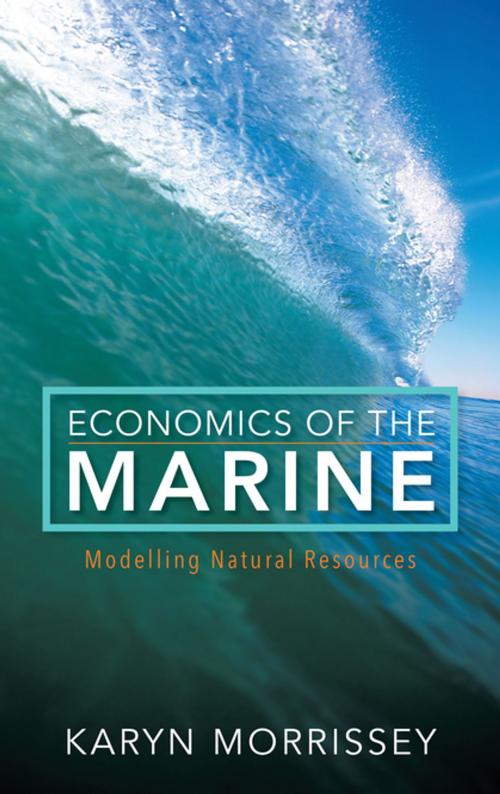Economics of the Marine
Modelling Natural Resources
Business & Finance, Economics, Urban & Regional, Nonfiction, Reference & Language, Transportation, Ships & Shipbuilding, Economic Development| Author: | Karyn Morrissey | ISBN: | 9781783485604 |
| Publisher: | Rowman & Littlefield International | Publication: | March 21, 2017 |
| Imprint: | Rowman & Littlefield International | Language: | English |
| Author: | Karyn Morrissey |
| ISBN: | 9781783485604 |
| Publisher: | Rowman & Littlefield International |
| Publication: | March 21, 2017 |
| Imprint: | Rowman & Littlefield International |
| Language: | English |
This book extends the current international interest in the conceptualization of the marine sector to explore its importance of at different geographical scales: from the national, to regional and small area analysis within the context of base theory, New Economic Geography, agglomeration theory, industrial cluster policy and small area level analysis. In conjunction with each spatial scale and its associated theories, a number of computational methods are used to explore the economic impact of the marine resource. Input-Output tables will be used to demonstrate how the direct and indirect economic impact of the marine sector may be measured at the national level. Location Quotients will be used to regionalize these input-output tables, allowing a regional level analysis of the importance of the marine sector. Finally, a spatial microsimulation model will be used to examine the impact of the sector at the small area level.
In a time, where societal impact is increasingly important, this book is of interest to policy makers, both academic and planner practitioners, physical scientists interested in estimating the impact of research on society and the wider social sciences including geography and sociology. In engaging a wide audience this book also aims to bridge some of the gaps encountered by those carrying out inter-and multi-disciplinary research by conceptualizing the marine as a commercial resource that requires management and planning. This book aims to engage academics, professionals and policy-makers on the importance of the marine resource to society.
This book extends the current international interest in the conceptualization of the marine sector to explore its importance of at different geographical scales: from the national, to regional and small area analysis within the context of base theory, New Economic Geography, agglomeration theory, industrial cluster policy and small area level analysis. In conjunction with each spatial scale and its associated theories, a number of computational methods are used to explore the economic impact of the marine resource. Input-Output tables will be used to demonstrate how the direct and indirect economic impact of the marine sector may be measured at the national level. Location Quotients will be used to regionalize these input-output tables, allowing a regional level analysis of the importance of the marine sector. Finally, a spatial microsimulation model will be used to examine the impact of the sector at the small area level.
In a time, where societal impact is increasingly important, this book is of interest to policy makers, both academic and planner practitioners, physical scientists interested in estimating the impact of research on society and the wider social sciences including geography and sociology. In engaging a wide audience this book also aims to bridge some of the gaps encountered by those carrying out inter-and multi-disciplinary research by conceptualizing the marine as a commercial resource that requires management and planning. This book aims to engage academics, professionals and policy-makers on the importance of the marine resource to society.















